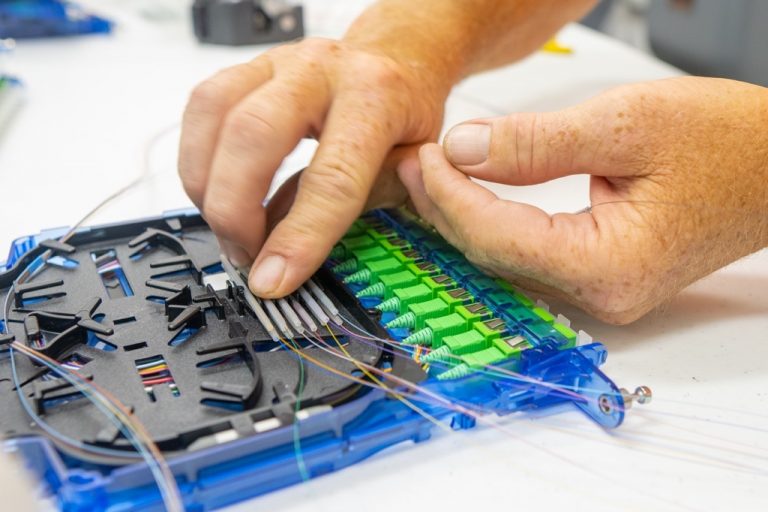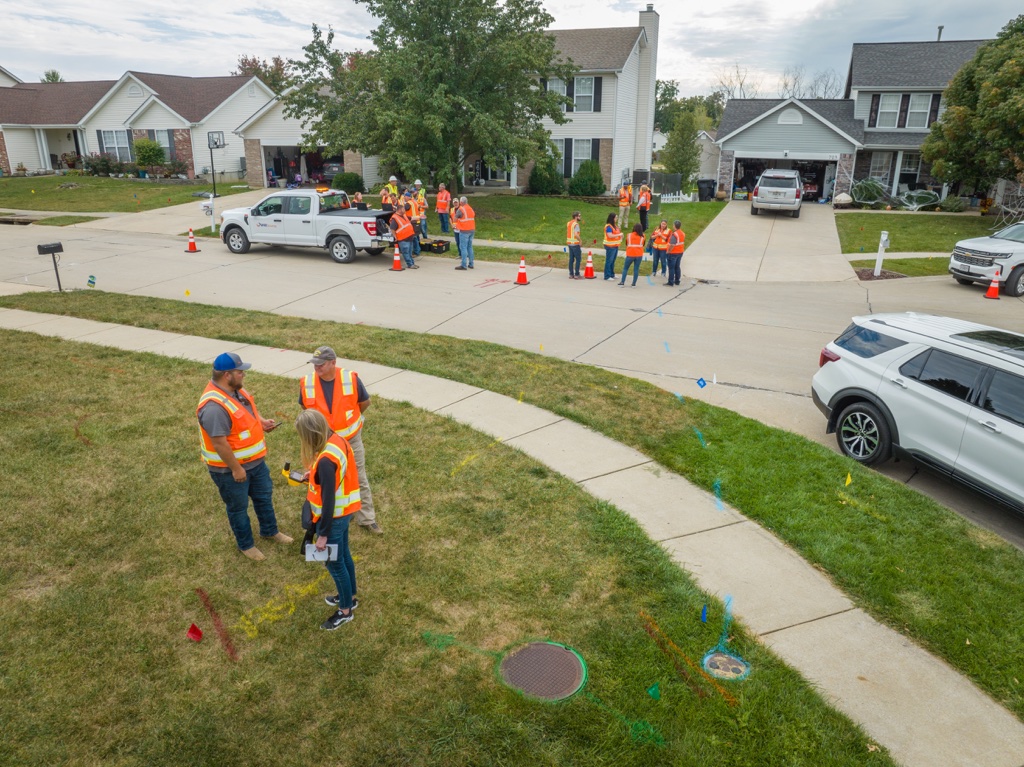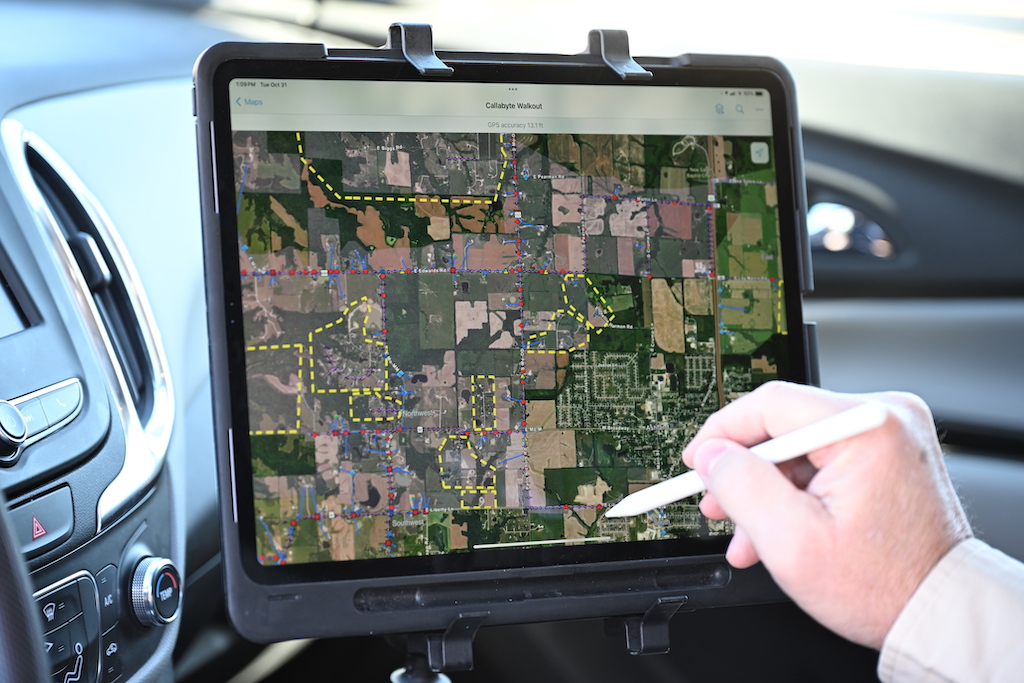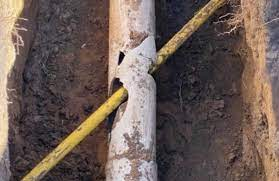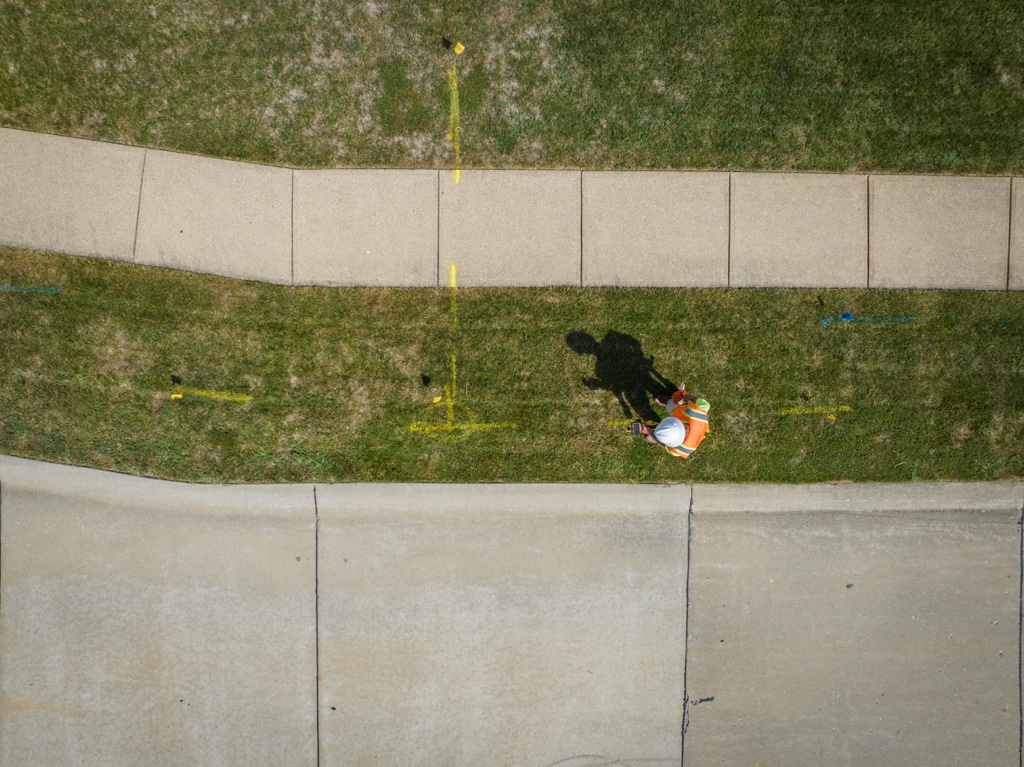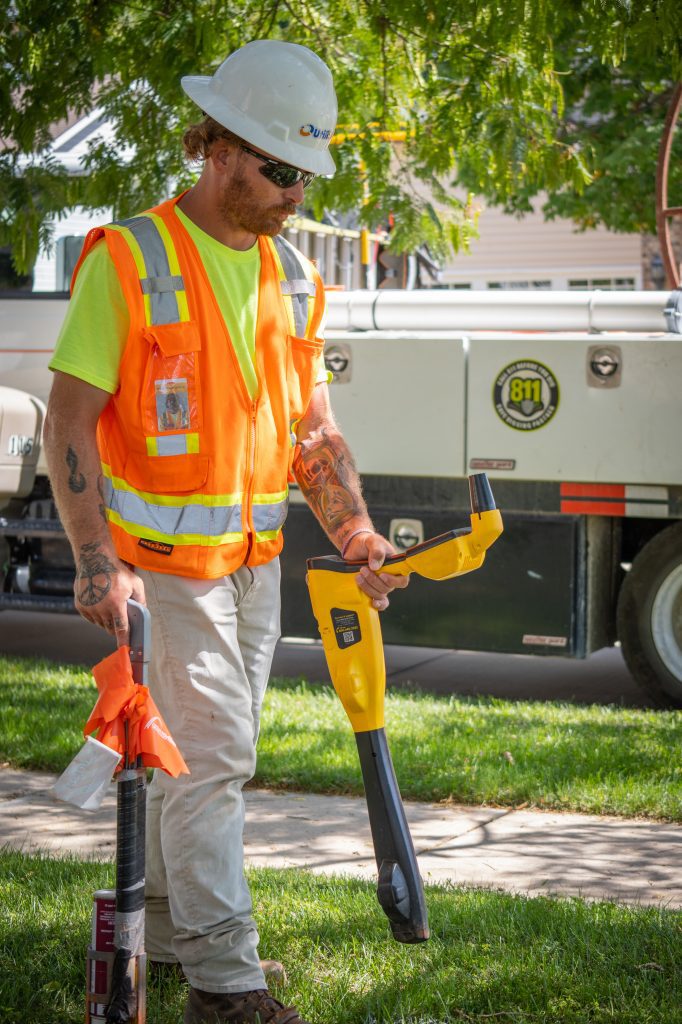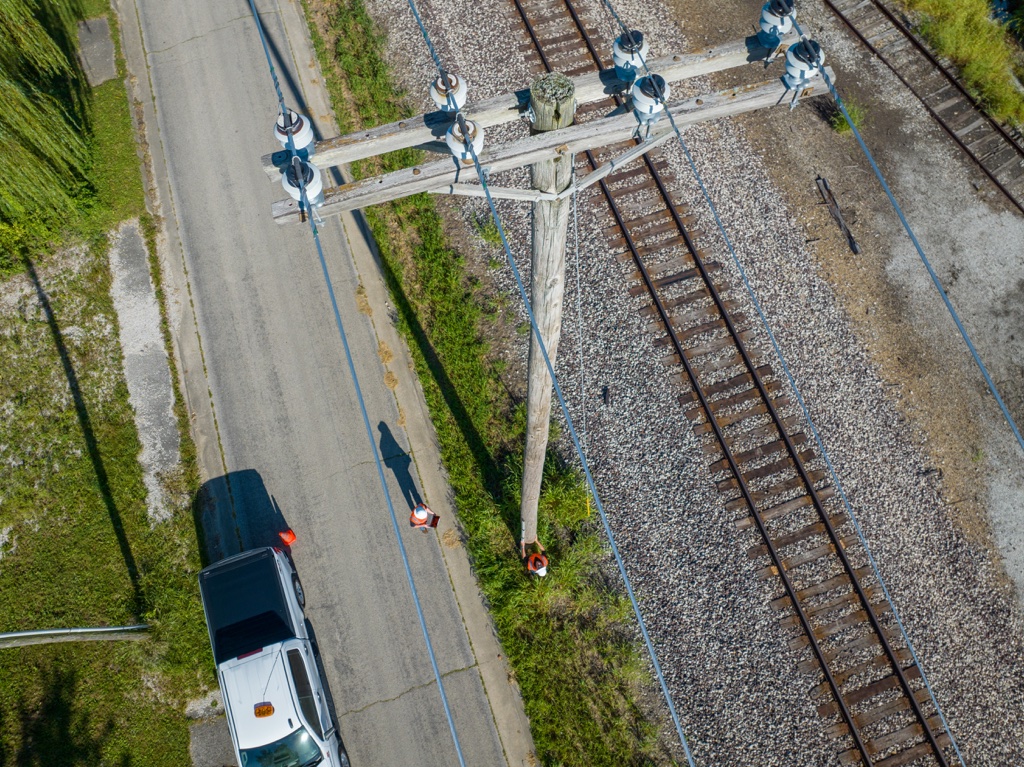Fiber optic cables are what connects everyone to a network. Companies, households, hospitals, and more all use fiber optic networks to provide phone communication systems, high-speed internet access, and other data-related services all across the US.
Planning the fiber optic design is an important step prior to beginning any installation process. Various aspects must be taken into consideration, such as the required transmission distance and necessary bandwidth to meet customer’s data needs. In order to design fiber optic networks successfully, having knowledge of fiber optic cable components, types, and design elements are important.
Components of Fiber Optic Cables
Fiber optic cables have a core, cladding, and coating. Within the core, there are small strands of glass that serve to carry light signals through the fiber cables.
The cladding limits refraction, retaining the reflection of light within the core. This ensures lightwaves remain within the fiber and that no light transmission is lost.
Finally, the coating is typically multiple layers of plastic that reinforce the strength of the fiber, reduce abrasion, and protect the fiber from other outside forces. These are sometimes referred to as fiber cable sheaths or jackets, and they serve to protect the core and cladding.
Types of Optical Fiber
Single mode fibers
This type of fiber sends a single light through the cable, which can prevent light distortion issues and increases transmission effectiveness. Single mode cables can produce high bandwidth, have a long transmission distance, but they can be more expensive.
Multi mode fibers
Multi mode fiber uses multiple light modes simultaneously. While they do not have as much potential for bandwidth and transmission distance than single mode fibers, they are more cost effective.
Within this type of fiber, there are step-index and graded step index types.The difference between these is the refractive indexes, which are essentially the pathways by which light is guided through the fiber. Graded core index fibers have several layers of glass with varying indexes of refraction.
The Design of Fiber Optic Cable Systems
Elements to Consider for Fiber Optic Cable Network Design
Fiber Size
The size of optical fiber is typically measured by the outer diameter of its core and cladding. The optimal fiber size is often determined by the transmitters and receivers being used in the fiber optic cable system. Sometimes transmitters and receivers can operate with a range of fiber sizes, but they can also be designed to fit a specific size. Often, the smaller the fiber size, the higher power a transmitter needs to be.
Bandwidth
The data carrying capacity of fiber optic systems is referred to as bandwidth. Understanding the bandwidth needed for your fiber optic cable network influences decisions made about fiber size, transmitters, and receivers. The smaller the fiber core diameter, the higher the bandwidth potential.
Attenuation
Factoring in attenuation, which is optical power loss or loss of signal strength, is also important for fiber optic network design. Attenuation typically occurs when the signals being transmitted must travel across long distances. During the installation process, devices called repeaters can be implemented that can assist in maintaining the necessary signal strength and reduce attenuation.

